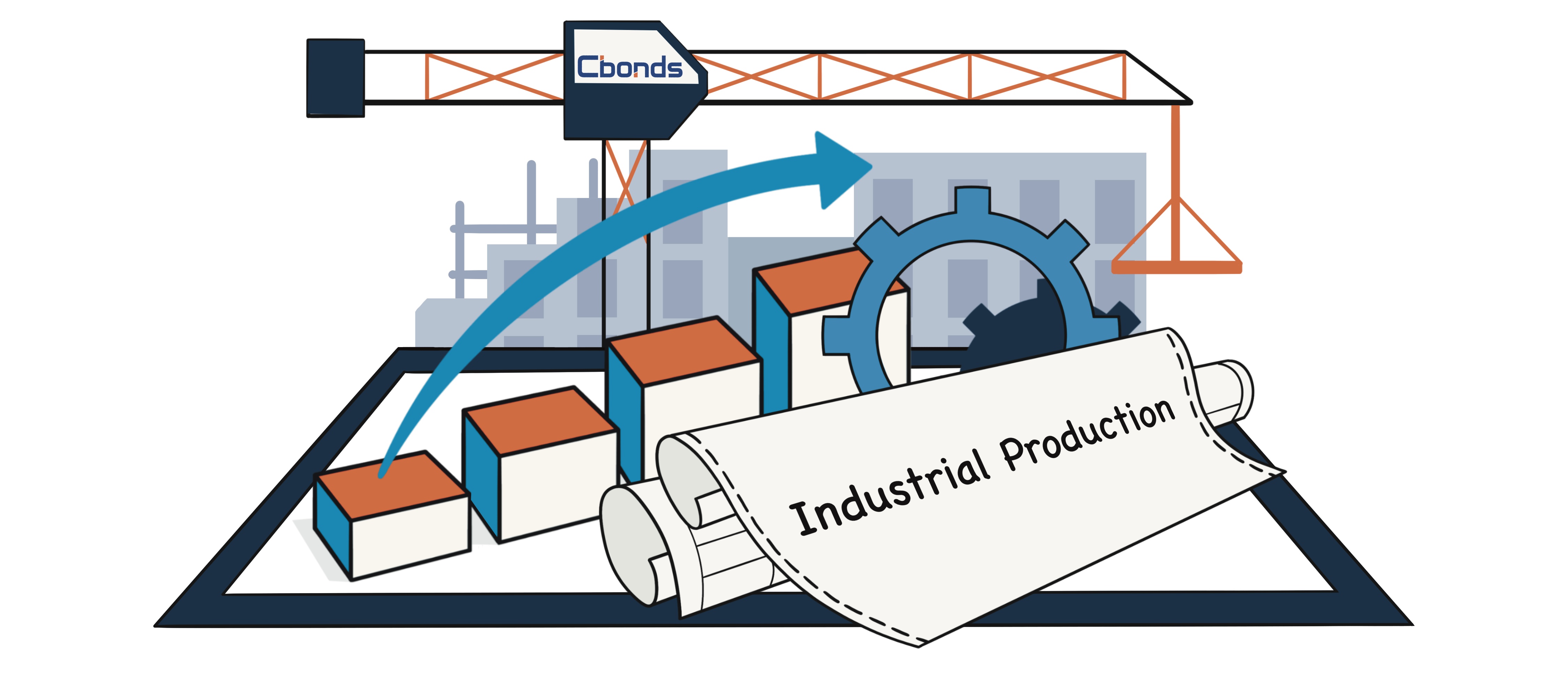By
Konstantin Vasilev Member of the Board of Directors of Cbonds, Ph.D. in Economics
Updated September 11, 2023
What Is Industrial Production?
Industrial production measures the performance of a country’s economy, encompassing the total output generated by various industries within the manufacturing sector. These industries play a significant role in driving economic growth and stability. In fact, they often form the backbone of an economy due to their contributions to employment, output, and overall economic development. Many of the products manufactured within these industries find their way into the retail market, further enhancing their economic impact.
Economists closely analyze industrial production data as it provides valuable insights into the manufacturing output and the overall health of this sector. This data is typically gathered from various manufacturing units, which can include sectors such as mining, automotive, electric, gas, metal, and equipment production, among others. To facilitate comparisons and monitoring, major global economies have established industrial production indices that help track changes in this sector’s output over time.
Countries experiencing high rates of industrial production growth often have a heightened demand for infrastructure-related materials. Consequently, this demand leads to increased employment opportunities, as more workers are required to support the growing production needs. The growth in industrial production also contributes to a nation’s overall Gross Domestic Product (GDP), playing a role in shaping its economic performance.
Consumer patterns and demand exert a substantial influence on industrial output. When consumer preferences shift, or demand fluctuates, it directly impacts the production rate of specific industries. For instance, if consumers suddenly switch their preference from steel-based products to pottery, it will cause fluctuations in the production output of the metal industry. Such shifts in demand can, in turn, result in changes to the GDP contribution of the affected industry.

What Is the Industrial Production Index (IPI)?
The Industrial Production Index (IPI) is a monthly economic gauge that assesses manufacturing, electric, gas, and mining output compared to a designated base year.
This index is released around the midpoint of each month by the Federal Reserve Board (FRB), and its findings are analyzed by the Conference Board, an economic think tank operated by its members. Additionally, the FRB provides updated figures for prior estimates at the conclusion of each March.
Examining the yearly fluctuations in industrial production offers valuable perspectives on the condition of the economic cycle. This is because manufacturing consumer durables and capital goods tends to diminish during periods of economic contraction. Although the industrial sector’s contribution constitutes only a fraction of a nation’s overall output, it is a pivotal precursor to Gross Domestic Product (GDP) growth and overall economic vitality. This significance arises from its responsiveness to shifts in consumer demand and fluctuations in interest rates.
How Does the Industrial Production Index Work?
The Industrial Production Index (IPI) gauges production levels within sectors like manufacturing, mining (including oil and gas field drilling services), and electrical and gas utilities. It also assesses capacity, which estimates sustainable production levels and capacity utilization, indicating the ratio of actual output to capacity.
Calculation of the IPI
The IPI quantifies industrial production and capacity as index levels relative to a selected base year, currently set at 2012. This representation doesn’t convey absolute production quantities or values; instead, it reflects the percentage change in production compared to 2012.
Data sources encompass a variety of inputs and outputs, including physical measurements like steel tonnage, sales figures adjusted for inflation, and sometimes working hours of production employees. The Federal Reserve Board (FRB) collects these data from industry associations and governmental bodies, aggregating them into an index via the Fisher-ideal formula.
The indices are available in both seasonally adjusted and unadjusted formats. Within the broader IPI framework, numerous sub-indices offer detailed insights into the output of highly specific industries. Examples of a few of these industries, out of the many with monthly production data available, encompass residential gas sales, frozen desserts like ice cream, carpet and rug mills, spring and wire product manufacturing, pig iron production, audio and video equipment manufacturing, and paper production.
Advantages of the Industrial Production Index (IPI)
For individuals managing and investing in specific industries, industry-level data provide valuable insights. Simultaneously, the composite index serves as a significant macroeconomic indicator for economists and investors. Notably, fluctuations within the industrial sector are responsible for a substantial portion of the overall variation in economic growth.
It’s important to highlight that the IPI differs from the most widely used measure of economic output, which is the gross domestic product (GDP). While GDP accounts for the price paid by end-users and encompasses value-added in the retail sector, the IPI does not consider these factors. Additionally, it’s worth noting that the industrial sector’s contribution to the U.S. economy is relatively modest and decreasing, accounting for less than 20% of GDP as of 2016.
Capacity utilization serves as a valuable indicator of demand strength. Low capacity utilization or excess capacity signals a weakening demand. Policymakers might interpret this as a call for fiscal or monetary stimulus. Investors could perceive it as an impending downturn or, depending on policy signals, anticipate incoming stimulus measures.
Conversely, high capacity utilization could raise concerns of an overheating economy, indicating potential price inflation and asset bubbles. To mitigate these risks, policymakers might respond with interest rate hikes or fiscal restraint. Alternatively, they might opt to let the natural business cycle unfold, potentially leading to an eventual recession.
Comparing Industrial Production and Capacity Utilization
While both industrial production and capacity utilization serve as indicators of economic growth, they possess nuanced distinctions. Industrial production primarily revolves around quantifying industrial output, whereas capacity utilization gauges the extent to which industry capacity is actively employed. The origins of industrial production metrics trace back to the mid-1920s in the United States, while the assessment of capacity utilization began in the late 1950s.
Bond Screener
Watchlist
Excel Add-in
API





















